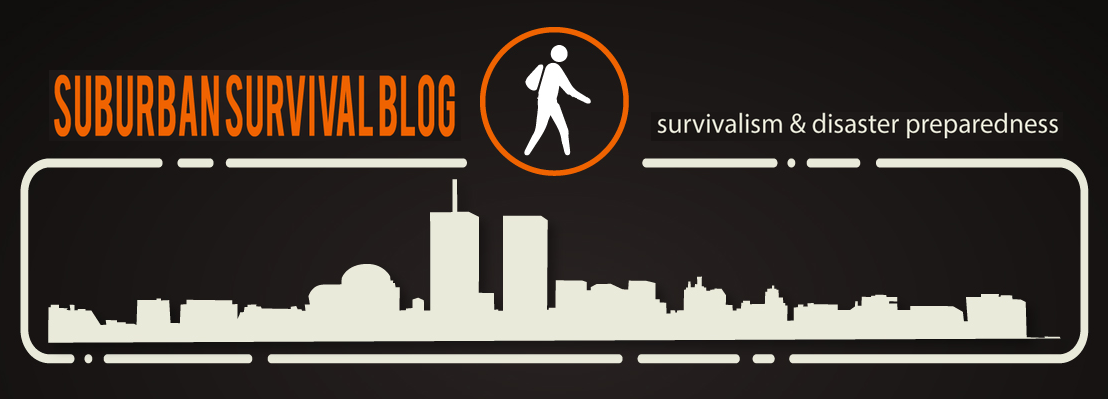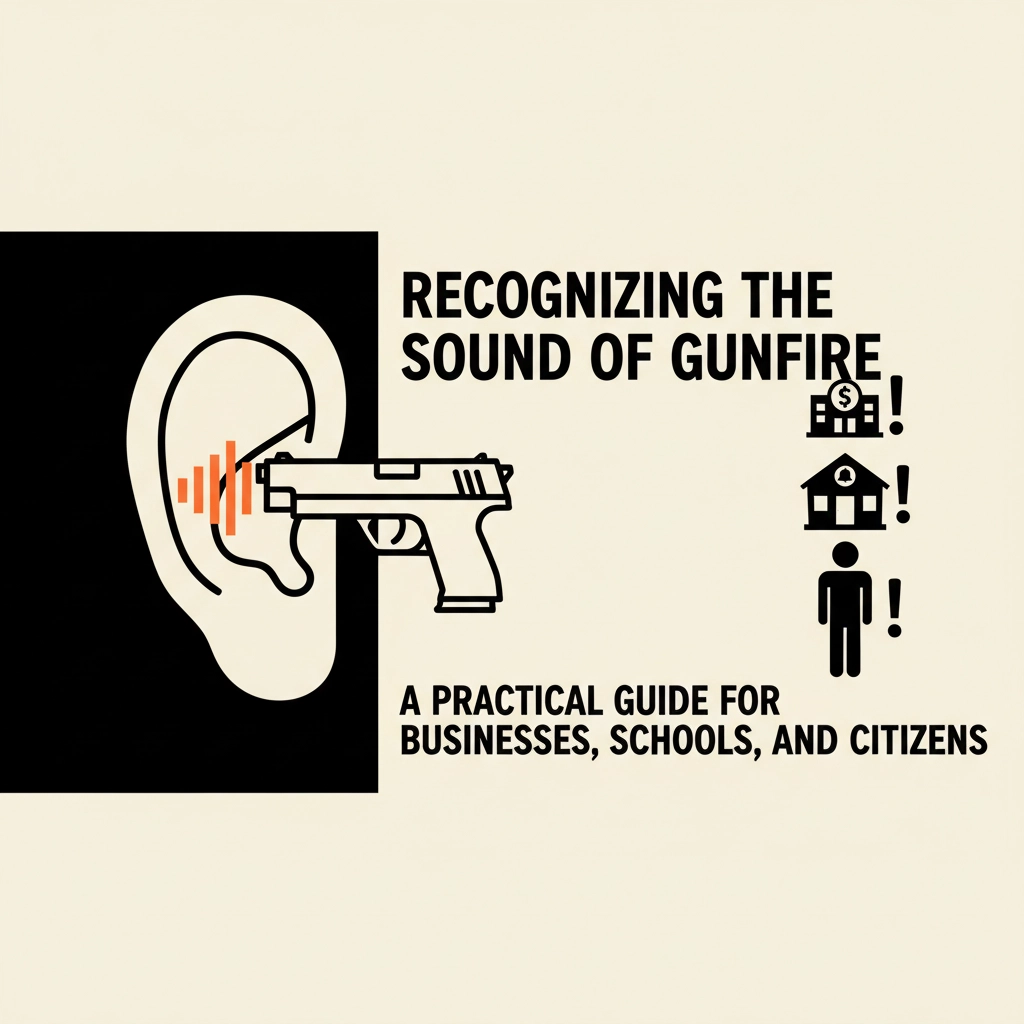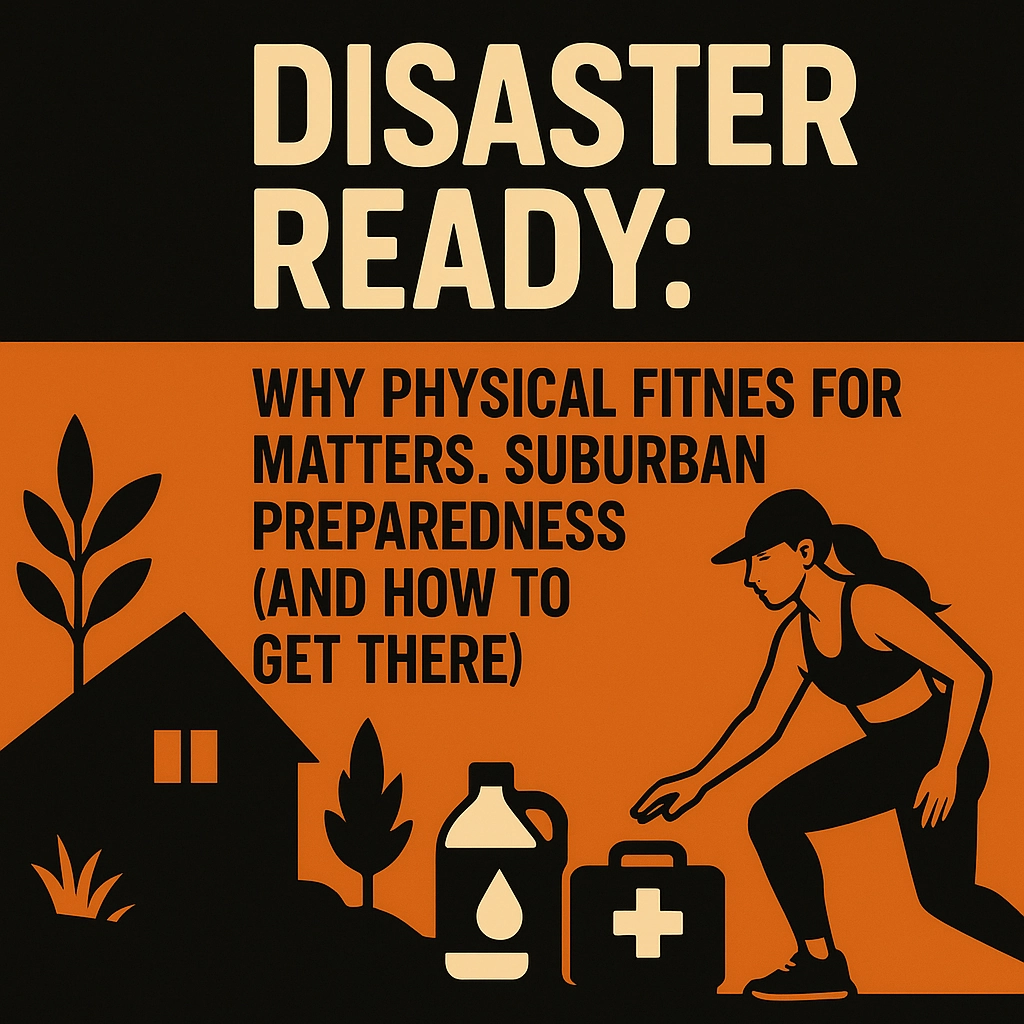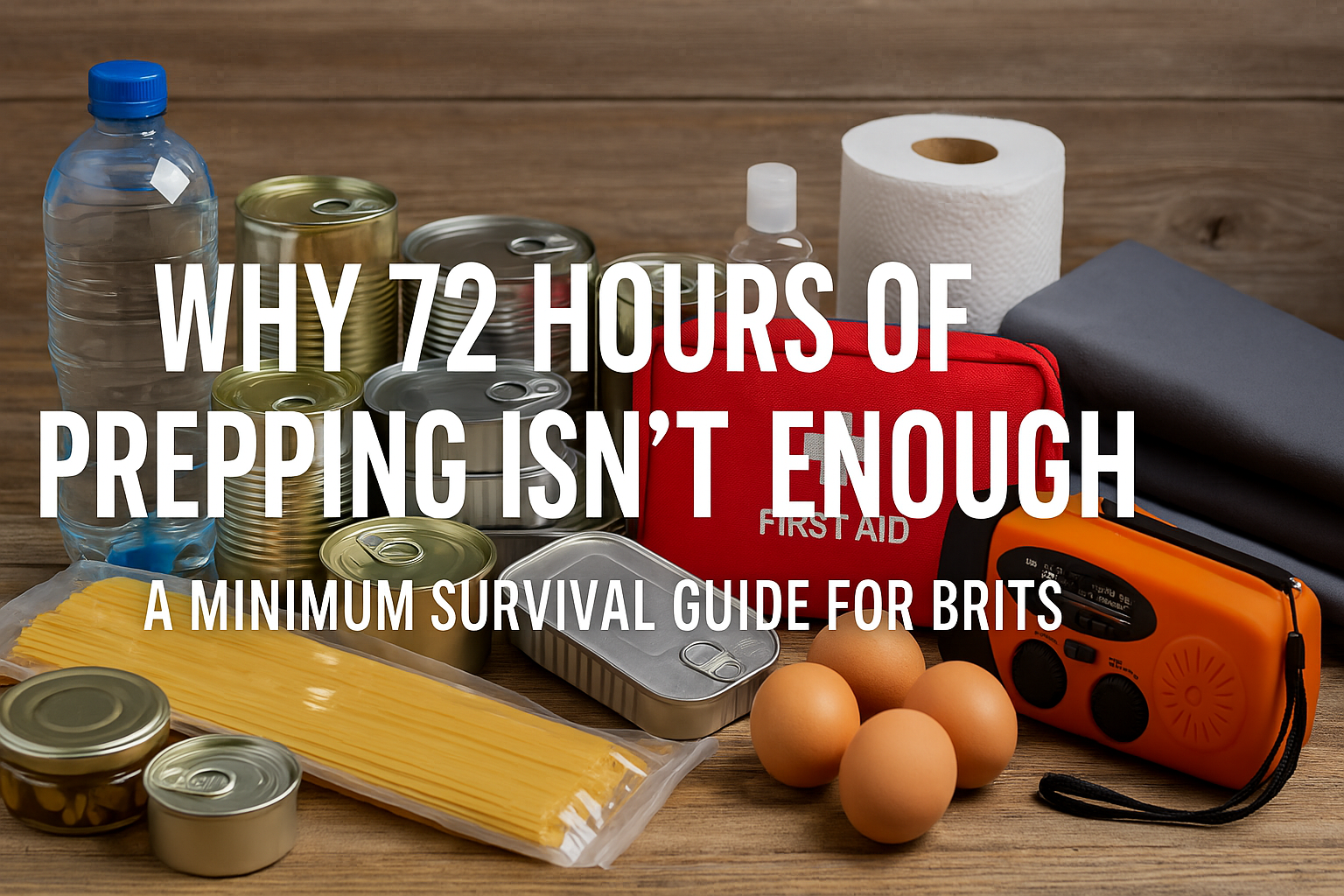The Northeast, not commonly associated with seismic activity, was reminded of its vulnerability when a 4.8 magnitude earthquake in NJ shook residents from Philadelphia to Boston. The epicenter, located near Tewksbury on April 6, 2024, at 10:23 a.m., marked the strongest earthquake centered in New Jersey since the 5.3 magnitude quake in 1783 2. Remarkably, no serious damage or injuries were reported, underscoring the unexpected nature of earthquakes in this region and the importance of preparedness 2.
This event serves as a wake-up call for increased readiness in the Northeast, a region where the seismic activity NJ experienced, including aftershocks in locales like Bedminster and Whitehouse Station, reveals a pressing need for enhanced earthquake preparedness. Despite the absence of immediate harm, the impact of the earthquake and its aftershocks2 highlights the critical role of the National Earthquake Information Center and local authorities in optimizing disaster response strategies. The discussion ahead will compare East Coast and West Coast preparedness, shedding light on necessary steps towards bolstering safety measures against future seismic events.
Understanding Earthquakes in the Northeast
Geological Differences and Seismic Activity
The geology of the eastern United States significantly influences the behavior and impact of earthquakes in the region. Unlike the West Coast, where earthquakes are more frequent and often associated with tectonic plate boundaries, the East Coast experiences seismic activity that is less frequent but can affect much larger areas. This is due to the older, denser, and harder rocks that allow seismic waves to travel more efficiently and over greater distances 3. In contrast, the Earth’s crust in the West is segmented by faults that are often younger and less healed, absorbing more of the seismic wave energy 3. This fundamental geological difference means that earthquakes in the Northeast can be felt over broader areas compared to those on the West Coast.
Impact on Structures and Predictability
The distinctive geology of the Northeast not only affects how far earthquake tremors travel but also influences how buildings respond to the shaking. Earthquakes in this region tend to cause higher-frequency shaking, which poses a risk to shorter structures more so during fast shaking, whereas taller structures are more vulnerable during slower shaking 3. The unpredictability of earthquake occurrences in the Northeast, coupled with the sparse historical data, makes it challenging for scientists to forecast the frequency and magnitude of future earthquakes 3. This unpredictability is compounded by the fact that many of the region’s geological faults, such as the Ramapo Fault in New Jersey, are difficult to pinpoint precisely 5.
Historical Context and Modern Monitoring
Historically, the Northeast has experienced significant earthquakes, such as the one near Mineral, Virginia in 2011, which resulted in substantial property damage 4. Despite their infrequency, these events underscore the need for robust earthquake monitoring and preparedness. In recent years, efforts have been made to enhance the seismic monitoring network across the central and eastern United States. The National Science Foundation and the USGS have added new seismic stations, creating a more comprehensive network that aids in the detection and analysis of seismic activity 3. This enhanced monitoring is crucial for improving the accuracy of earthquake hazard maps, which play a vital role in informing building codes and preparedness strategies 8.
Impact of the Recent Earthquake
The recent seismic event in New Jersey, marked by a 4.8 magnitude earthquake and numerous aftershocks, has underscored the vulnerability of the region’s infrastructure and the urgent need for comprehensive earthquake preparedness. Despite the absence of major structural damage, the earthquake’s impact was significant, affecting a wide area from Washington, D.C. to Maine and stirring memories of the 2011 Virginia earthquake, the strongest to hit the East Coast since World War II 1417.
Infrastructure and Emergency Responses
The earthquake and its aftershocks prompted immediate responses from emergency services, including the deployment of police and fire departments. Notably, three multifamily homes in Newark suffered damage that led to evacuations, affecting 25 residents. This incident highlighted the challenges posed by aging infrastructure in densely populated areas like Newark, where buildings are not typically designed to withstand seismic activities 1517. Additionally, the earthquake led to temporary closures of roads and bridges for safety inspections, although no significant damages were found 10. Public transportation systems, including NJ Transit rail service, experienced minor disruptions due to necessary bridge inspections 18.
Community and Governmental Reaction
In the wake of the earthquake, local authorities and emergency management agencies have been actively reviewing and updating their earthquake response plans. Efforts to educate the public about earthquake safety and preparedness measures have been intensified, reflecting a proactive approach to mitigating the risks associated with such rare but potentially devastating events 10. The community’s reaction was marked by heightened awareness and concern, as evidenced by the surge in social media activity where residents shared their experiences and sought information about safety measures 10. New York City Mayor Eric Adams and New York Governor Kathy Hochul reassured the public by confirming the absence of major life safety or infrastructure issues, emphasizing the resilience of the city’s emergency preparedness framework 1618.
This recent seismic activity has not only highlighted the existing gaps in the region’s earthquake readiness but also demonstrated the critical importance of ongoing monitoring, public education, and infrastructure assessment to enhance resilience against future earthquakes.
Comparing East Coast and West Coast Earthquake Preparedness
Public Awareness and Education
The East Coast, traditionally not as prone to frequent seismic activity as the West Coast, requires a significant boost in public awareness and education regarding earthquake preparedness. The Federal Emergency Management Agency (FEMA) has been pivotal in this effort through its Ready campaign, which educates the public on how to protect themselves during earthquakes 3. This initiative is crucial as it helps bridge the knowledge gap between the two coasts, where the West Coast benefits from a long history of dealing with frequent earthquakes and thus has a more earthquake-aware populace.
Building Standards and Emergency Planning
Comparatively, the East Coast’s building standards and emergency planning need to be rigorously updated to match the level of preparedness seen on the West Coast. This includes not only enhancing the structural integrity of buildings to withstand seismic events but also improving the emergency response strategies by local and state authorities 19. These updates are essential to mitigate the risks posed by earthquakes in areas where such events are rare but potentially devastating.
Earthquake Insurance Awareness
Another critical area where the East Coast lags behind is in the adoption of earthquake insurance. Unlike in California and other parts of the West Coast, where earthquake insurance is more common due to the higher frequency of events, in the Northeast, such coverage is not typically included in standard homeowners policies and is seldom purchased 11. This lack of coverage could lead to significant financial impacts on homeowners and businesses in the event of a substantial earthquake.
Steps Towards Enhanced Preparedness in the Northeast
To ensure enhanced preparedness for earthquakes in the Northeast, a comprehensive approach involving both individual and community efforts is essential. The first step involves understanding and implementing basic safety measures. Residents should practice the “Drop, Cover, and Hold On” method, which is crucial during the shaking of an earthquake 23. Additionally, it’s important to secure heavy furniture and appliances to prevent movement and potential injuries 20. Preparing an emergency supply kit with essentials such as water, food, and first aid supplies, sufficient for at least three days, is also recommended 24.
On a structural level, assessing and reinforcing buildings can significantly reduce the risk of damage. Homeowners are advised to inspect their properties for potential weaknesses, particularly focusing on areas like chimneys and roofs, where loose tiles and bricks should be secured to prevent falling hazards 24. For more comprehensive protection, strengthening the connections between beams, posts, joists, and plates in the home’s structure is advised to enhance overall stability 24.
Community and governmental roles are equally pivotal in earthquake preparedness. The activation of the state’s emergency operation center by Governor Phil Murphy is an example of an immediate governmental response to seismic events 15. Local authorities, including the New Jersey Department of Community Affairs, play a crucial role by advising residents on structural checks post-earthquake 15. Moreover, the participation in drills such as the Great NorthEast ShakeOut can significantly improve public awareness and readiness 23. These combined efforts at individual, structural, and community levels are vital in building a resilient response system against future earthquakes.
How Can You Prepare for Future Earthquakes in the Northeast
When you think about earthquakes in the United States, your mind might naturally drift to the tremor-prone West Coast. However, as recent events in New Jersey have shown, the Northeast is not immune to the earth’s shudders. While less frequent, the quakes here can be felt over vast areas due to the region’s geological characteristics. This reality brings to light the importance of being prepared, especially if you’re inclined towards a prepper lifestyle that prioritizes readiness for any disaster.
Understanding the Risk
Before you can effectively prepare, it’s crucial to understand the specific earthquake risks in the Northeast. Unlike the West Coast, where residents expect and prepare for seismic events regularly, the infrequency of earthquakes in the Northeast may lead to complacency. However, the region’s dense, hard rock can transmit seismic energy over long distances, potentially impacting a broader area. This geological feature means that even moderate earthquakes can be felt over large swaths of territory, increasing the number of people and infrastructures affected.
Personal and Home Preparedness
As a prepper, the cornerstone of your readiness strategy should be personal and home preparedness. This involves several steps:
- Education on “Drop, Cover, and Hold On”: Everyone in your household should understand and regularly practice this basic safety protocol. During an earthquake, you should drop to the ground, take cover under a sturdy piece of furniture, and hold on until the shaking stops.
- Securing Your Home: Evaluate your living space for earthquake vulnerabilities. Secure heavy furniture, such as bookcases and refrigerators, to walls. Ensure that nothing heavy hangs over beds or seating areas. Inspect your home’s foundation and structure for potential weaknesses and make necessary repairs or reinforcements.
- Emergency Supplies: Maintain a well-stocked emergency kit that includes water, non-perishable food, a first aid kit, flashlights, batteries, and other essentials. Store enough supplies to sustain each member of your household for at least three days. Consider additional items like a hand-crank radio, a multi-tool, and emergency blankets.
- Communication Plan: Develop a family communication plan that includes emergency contacts and meeting places in case you are separated during a disaster. Ensure that all family members understand the plan and review it regularly.
Community and Structural Readiness
Preparation goes beyond personal readiness and extends into community engagement and structural integrity:
- Participate in Community Drills: Engage in community preparedness efforts like the Great NorthEast ShakeOut. These drills provide an opportunity to practice how to protect yourself during earthquakes and can help build community resilience.
- Advocate for Updated Building Codes: Work with local government and community leaders to ensure that building codes are up to date with the latest seismic standards. This advocacy is crucial in areas with older infrastructure not originally designed to withstand earthquakes.
- Support Local Emergency Services: Familiarize yourself with the plans and resources of local emergency services. Participate in community meetings to discuss disaster preparedness and support initiatives aimed at improving local emergency response capabilities.
Building a Mutual Assistance Network in Your Neighborhood
In the face of natural disasters like earthquakes, a tightly-knit community can be one of your most valuable resources. Collaborating with your neighbors to create a mutual assistance network can significantly enhance your collective ability to respond and recover from such events. Here’s how you can build and maintain an effective neighborhood network:
- Initiate Conversations: Start by discussing earthquake preparedness with your neighbors. Organize a meeting, perhaps at a local community center or someone’s home, to gauge interest and discuss the benefits of having a coordinated response plan.
- Establish Roles and Responsibilities: In your network, identify individuals who have useful skills or resources. For example, someone might be a medical professional, another skilled in amateur radio, and others might have construction expertise or experience in emergency response. Assign roles based on these skills, ensuring that responsibilities are clear but flexible.
- Create a Communication Plan: Decide how you will communicate during an earthquake, especially if conventional methods (like cell phones) are unavailable. Consider using walkie-talkies or other radio communication tools that do not rely on cellular networks. Establish a check-in protocol to account for all members of the community immediately after an event.
- Develop a Resource Pool: Compile a list of resources that each household can contribute, such as generators, water purifiers, tools, and first aid supplies. Store this information in a shared, easily accessible location so that all network members know what’s available and where to find it during an emergency.
- Regular Training and Drills: Schedule regular training sessions and drills for your network. Practice your emergency communication plan, and conduct walk-throughs of different scenarios to build confidence and troubleshoot any issues in your preparedness strategies.
- Create a Buddy System: Pair up households, especially ensuring that vulnerable individuals, such as the elderly or those with disabilities, have someone checking in on them. This system ensures that everyone has at least one other person looking out for them, which can make all the difference in chaotic situations.
- Share Educational Materials: Make a collective effort to stay informed about the latest safety protocols and earthquake preparedness tips. Share materials from credible sources, such as FEMA or the USGS, and invite experts to speak at your meetings.
- Community Resource Map: Develop a map of your neighborhood that includes the location of resources, safe meeting points, and the homes of individuals with specific skills or needs. This visual tool can be invaluable during an emergency when quick decisions need to be made.
- Engage with Local Authorities: Connect with local emergency services to understand their response plans and see how your network can align with broader community strategies. This engagement can also provide access to additional training resources and support.
- Review and Revise: Regularly review and update your plans and protocols based on new information or changes in the neighborhood. An annual review meeting can help keep the network active and responsive to the needs of all members.
By building a mutual assistance network, your neighborhood will not only be better prepared to handle the immediate impacts of an earthquake but also the recovery period that follows. Collective preparedness can significantly reduce the sense of isolation and helplessness that often accompanies disasters, and instead foster a sense of community strength and resilience.
Insurance and Financial Preparedness
Given the potentially costly aftermath of earthquakes, particularly in regions where such events are rare, consider your financial readiness:
- Earthquake Insurance: Investigate options for earthquake insurance. While not commonly purchased in the Northeast, it can be crucial for protecting your property from significant financial loss. Understand what your current homeowner’s policy covers and assess the benefits of additional earthquake coverage.
- Save for Emergencies: Establish an emergency savings fund to cover potential uninsured losses or living expenses if you are displaced. Financial preparedness can significantly reduce stress and uncertainty in the aftermath of a disaster.
Continuous Education and Awareness
Keep informed about seismic activity and advances in earthquake preparedness. Follow updates from the US Geological Survey (USGS) and local universities that monitor seismic activity. Educate yourself and your community about the risks and latest science to stay ahead of potential earthquakes.
As we face the reality of seismic activity in the Northeast, the key to resilience is comprehensive preparation that includes personal safety measures, home and community readiness, and financial strategies to handle aftermath costs. By adopting a proactive and informed approach, you can significantly mitigate the risks associated with earthquakes and ensure that you, your family, and your community are safer and better prepared for future seismic events. Let’s not wait for another wake-up call; the time to act is now.
Conclusion
Through a comprehensive exploration of the seismic event in New Jersey and its wake-up call for enhanced readiness, it becomes clear that the Northeast’s approach to earthquake preparedness needs significant reinforcement. The recent earthquake, with its negligible structural damage but substantial outreach, underlines the critical need for improved public awareness, building standards, and emergency planning. Such measures are essential not only in safeguarding infrastructure and lives but also in bridging the readiness gap between the East Coast and earthquake-prone areas like the West Coast. By drawing lessons from this event and historical data, we stress the importance of adopting robust preparedness strategies to mitigate future seismic risks effectively.
The significance of fostering a culture of preparedness cannot be overstated, particularly in regions where the rarity of seismic events may breed complacency. The collaborative efforts of individuals, communities, and governments in implementing basic safety measures, reinforcing structures, and engaging in educational and emergency drills are paramount. This approach ensures not only the resilience of our built environment but also the safety and well-being of our communities. As we move forward, let this event serve as a catalyst for action, prompting all stakeholders to prioritize earthquake readiness and work together towards a safer and more prepared Northeast.
FAQs
- How many aftershocks have occurred in New Jersey following the recent earthquake?
As reported by the USGS, New Jersey has experienced 73 aftershocks following the 4.8‑magnitude earthquake on April 5, which was the most significant seismic event in the state in over a century.
- What causes earthquakes in New Jersey?
Earthquakes in New Jersey typically happen when the accumulated strain within the Earth’s crust is suddenly released along a fault line. This process is detailed in the New Jersey Geological Survey’s publication titled “Earthquake Risk in New Jersey.”
- Can you provide details about the 2024 earthquake in New Jersey?
The earthquake that occurred on April 5, 2024, was a significant event, registering at a magnitude of 4.8. It was the primary quake followed by several aftershocks and was felt throughout much of the Northeast Coast of the United States.
- When did the last significant earthquake occur in New Jersey?
The most recent significant earthquake in New Jersey happened on April 5, 2024. This event was a notable quake, felt across a wide area and followed by numerous aftershocks.
References
[1] — https://news.northeastern.edu/2024/04/05/new-jersey-earthquake/
[2] — https://www.northjersey.com/story/news/new-jersey/2024/04/05/nj-earthquake-house-shaking-lebanon/73215981007/
[3] — https://www.usgs.gov/news/featured-story/east-vs-west-coast-earthquakes
[4] — https://whyy.org/articles/what-to-know-earthquakes-east-coast/
[5] — https://www.nj.gov/dep/njgs/enviroed/freedwn/e‑quake.pdf
[6] — https://www.scientificamerican.com/article/what-causes-earthquakes-in-the-northeast/
[7] — https://theconversation.com/what-causes-earthquakes-in-the-northeast-like-the-magnitude‑4–8‑that-shook-new-jersey-a-geoscientist-explains-227296
[8] — http://aki.bc.edu/why_quakes.html
[9] — https://nesec.org/earthquakes-hazards/
[10] — https://www.cnn.com/2024/04/05/us/earthquake-nyc-nj-northeast/index.html
[11] — https://insuranceindustryblog.iii.org/n‑j-quake-a-wake-up-call-for-seismic-mitigation-resilience-investment/
[12] — https://loffacorp.com/the-ripple-effects-understanding-earthquake-risks-in-nj-ny-and-their-impact-on-markets/
[13] — http://newjersey.news12.com/earthquake-aftermath-46-aftershocks-strike-new-jersey-since-friday-usgs-says
[14] — https://www.cbsnews.com/newyork/news/earthquake-aftershock-new-jersey/
[15] — https://www.cbsnews.com/newyork/news/new-jersey-earthquake-epicenter-damage/
[16] — https://www.nbcnewyork.com/news/local/nyc-earthquake-new-jersey-usgs/5293069/
[17] — https://abc7ny.com/newark-homes-damaged-during-earthquake-deemed-structurally-safe-nj-officials/14623263/
[18] — https://www.foxweather.com/weather-news/earthquake-lebanon-new-jersey-friday
[19] — https://www.quora.com/Do-you-think-East-Coast-residents-are-well-prepared-for-earthquakes
[20] — https://www.ready.gov/earthquakes
[21] — https://capitalbnews.org/nyc-earthquake-disaster-preparedness/
[22] — https://www.usgs.gov/faqs/what-can-i-do-be-prepared-earthquake
[23] — https://www.shakeout.org/northeast/whyparticipate/
[24] — https://www.cdc.gov/disasters/earthquakes/prepared.html








